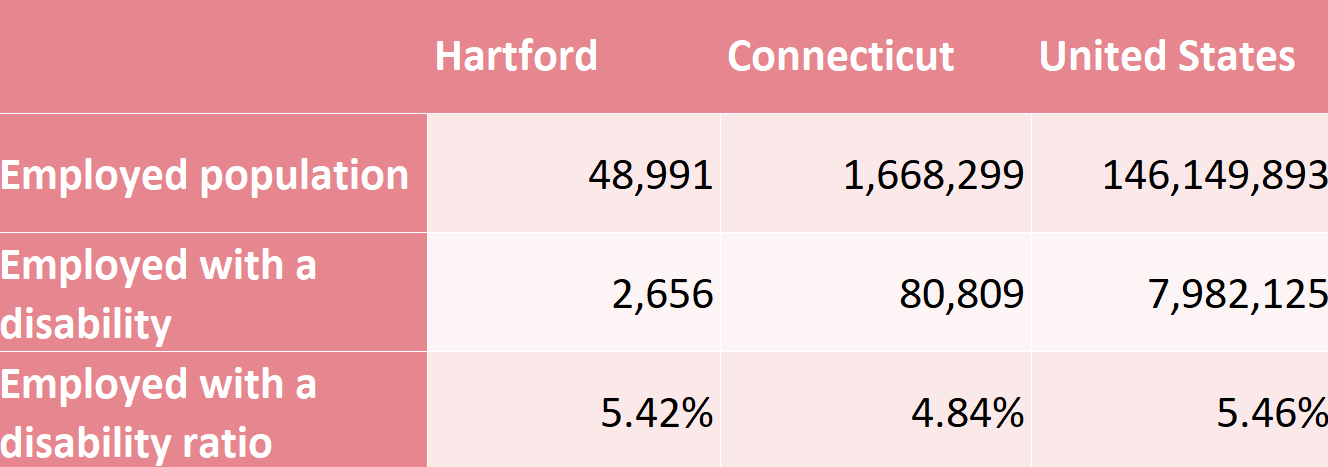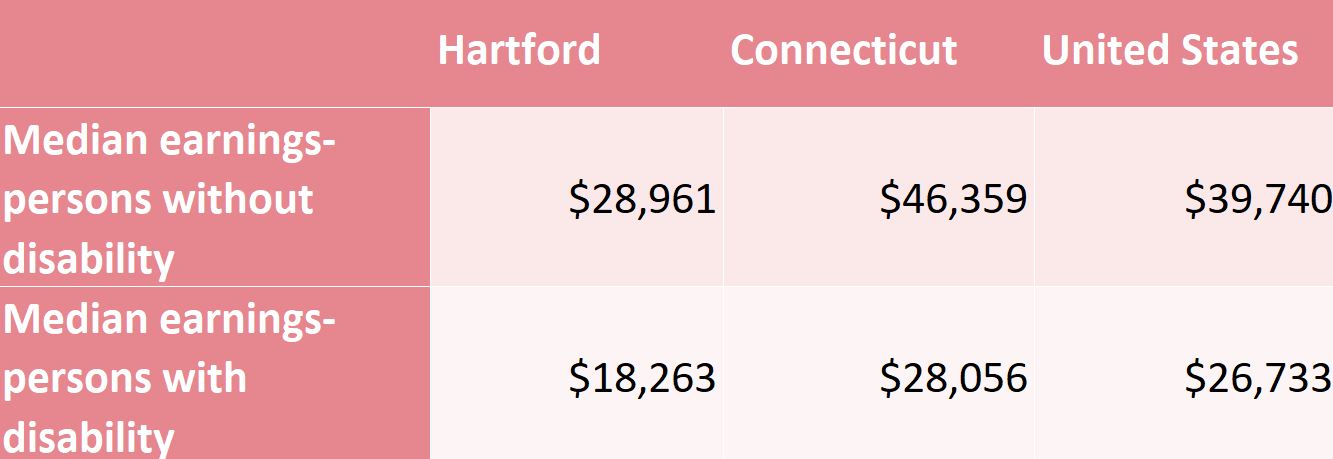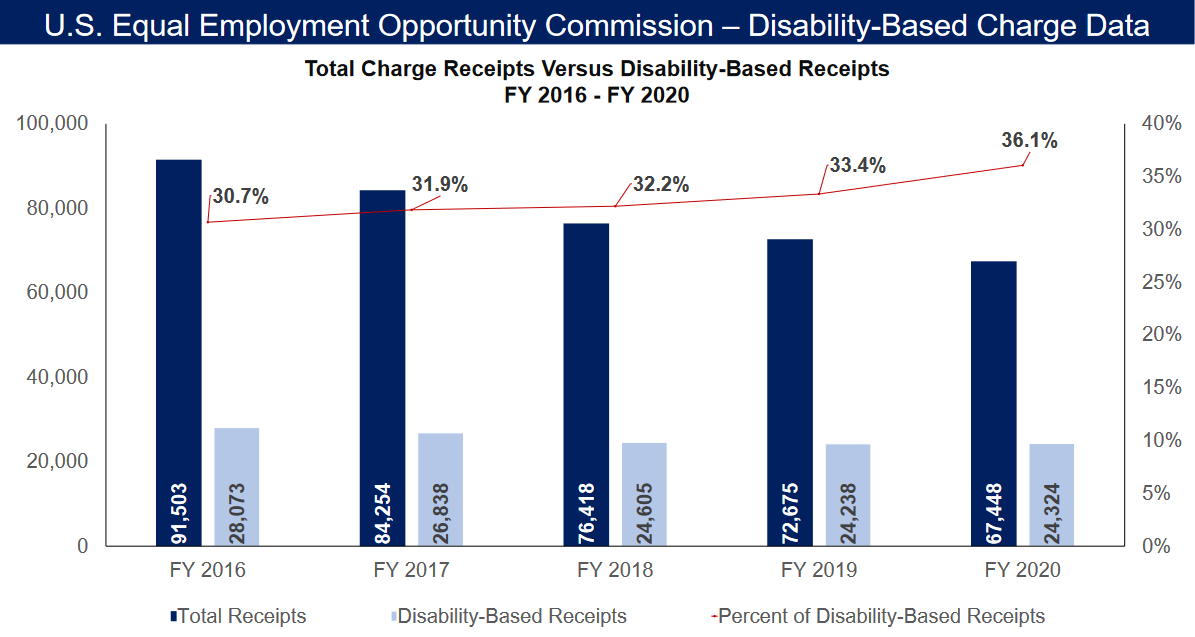Table of Contents
1. Disability Studies & Activism
2. Models of Disability
3. Disability Employment Statistics
4. Experiences of Individuals with Disabilities Around Employment
5. Experiences of Employers in Hiring Individuals With Disabilities
6. Gaps in the Literature
Disability Studies & Activism
Disability studies is an interdisciplinary field that explores the experiences of individuals with disabilities and the social, cultural, and political factors that shape their lives. This field has evolved over time, and disability activism has played a crucial role in the development of disability rights.
Disability activism has a long history that can be traced back to the early 20th century when it was centered around the fight for better living conditions and medical care for people with disabilities. However, it was not until the 1960s and 1970s that disability activism began to shift towards a rights-based approach. This shift was influenced by the broader civil rights and social justice movements of the time and was spurred on by the passing of landmark legislation such as the Rehabilitation Act of 1973 and the Americans with Disabilities Act of 1990 (ADA).
One of the key figures in the evolution of disability activism was Ed Roberts, a polio survivor who became an advocate for disability rights in the 1960s. Roberts founded the first Center for Independent Living in Berkeley, California, which provided a range of services and support for people with disabilities. He also played a key role in the passage of the Rehabilitation Act of 1973, which prohibited discrimination on the basis of disability in programs receiving federal funding.

Another important milestone in the evolution of disability activism was the 504 Sit-In, which took place in 1977. This protest, led by disability activists, demanded that the federal government issue regulations to enforce Section 504 of the Rehabilitation Act of 1973, which prohibited discrimination against people with disabilities in federally funded programs. The sit-in lasted for 26 days and resulted in the issuance of the regulations, which helped to pave the way for the passage of the ADA in 1990 (99% Invisible, 2018).
While there is still much work to be done to promote greater inclusion and equality for individuals with disabilities, disability studies and activism have made important strides in recent years. These fields have helped to challenge stereotypes and promote more diverse and inclusive representations of disability, as well as advocating for policies and practices that support the rights and needs of individuals with disabilities. Moving forward, it will be important to continue to support disability studies and activism in order to promote greater understanding and inclusion of individuals with disabilities in all aspects of society.
Models of Disability
The social model of disability regards disability as a product of the interaction between the individual and society, where the focus is on removing barriers that prevent people with disabilities from participating fully in society (“Disability Writing,” n.d.) . In terms of employment, the social model emphasizes inclusive workplaces, where people with disabilities can work alongside their non-disabled peers with appropriate support and accommodations.
On the other hand, the medical model tends to focus on the individual’s impairment and may view them as unable to contribute fully to society without medical intervention. This perspective can lead to stigma and discrimination, which can harm the disabled community’s ability to participate fully in the workforce.
Overall, the social model has a greater capacity to help people with disabilities achieve meaningful employment and full participation in society, while the medical model is more likely to be harmful to the disabled community by perpetuating stigma and barriers to inclusion.
Disability Employment Statistics
The statistics presented show that although there are legal statutes addressing employment discrimination, people with disabilities still face systemic barriers and substantial difficulties in accessing reasonable employment. In Hartford, Connecticut, for example, the employment rate for people with disabilities is only 5.42%, compared to 94.58% for those without disabilities.
Table 1: Disability Employment

Source: American Community Survey 2021 (ACS21_5yr), ACS 2021 (5-Year Estimates), U.S. Census Bureau
Table 2: Median Earnings

Source: American Community Survey 2021 (ACS21_5yr), ACS 2021 (5-Year Estimates), U.S. Census Bureau
Table 3: Employment Status in Hartford

Source: American Community Survey 2021, 2020, 2019 (5-Year Estimates), U.S. Census Bureau
The statistic on median earnings for workers 16 and older shows that persons with disabilities earned $18,263, while those without disabilities earned $28,961 in Hartford. Persons with disabilities had 37% less income compared to non-disabled workers. This situation indicates that there are still systemic barriers and substantial difficulties in accessing reasonable employment (Kalargyrou, 2014).
It is important to note that these statistics are not unique to Hartford and are reflective of the larger disability employment and income gap across the United States. To promote greater employment opportunities and financial stability for people with disabilities, it is necessary to address these systemic barriers and ensure equal access to employment opportunities. This can be achieved through education, training, and outreach programs, as well as through the implementation and enforcement of existing disability rights laws.
Experiences of Individuals With Disabilities Around Employment
Employment for disabled individuals is a complex system. Due to the complexity of employment, it is only fair that many factors directly and indirectly impact the experiences of employment for individuals with disabilities.
Discrimination is a constant presence in this area. According to the United States Equal Employment Opportunity Commission, charges based on disability status make up the majority of claims of discrimination: 36.1% of the 67,448 discrimination claims made across the country in 2020 revolved around disability. The graph below shows a decrease in total discrimination claims, but a relatively consistent amount of claims based on disability status, meaning an increasing percentage. This is corroborated by the testimony of many disabled individuals, who frequently report experiences of ableism.

This discrimination can be overt or covert, and happen in all phases of employment. For example, Harc reported that many employers recanted job offers when they learned that the employees Harc would be referring to are intellectually/developmentally disabled. Requests for reasonable accommodations, which the ADA mandates, can be ignored or denied, making it impossible for disabled individuals to properly do their jobs. They may be given jobs that are menial and lacking meaning, not matched to their abilities, or otherwise difficult to perform competently. The language used at the workplace can be ableist, creating an unsafe work environment for employees with disabilities. This is just a sampling of the scenarios that can impact individuals with disabilities seeking work.
One such case is that of Susan Wendell: a feminist philosopher and disability rights advocate, who wrote the book “The Rejected Body: Feminist Philosophical Reflections on Disability.” In this book, Wendell draws from her own experiences as a disabled person to offer a critical analysis of the social and cultural construction of disability. She discusses the ways in which her experiences as a disabled person have shaped her understanding of the world and her place in it. She stresses that the fast pace of life is becoming a barrier for her to keep up with her job. “I am currently just able (by doing very little else) to work as a professor three-quarter time, on one-quarter disability leave” (Wendell, 2013, p. 38). Wendell expresses that she is at her limit even with a disability accommodation. However, as the pace of life increases and expands, so do the expectations of an employer from an employee. This change in the pace of life will widen the gap between her and her colleagues, making her “more work-disabled than I am now” (Wendell, 2013, p. 38).
On the other hand, employees can find much joy in their work. Like anyone else, landing a job can bring a sense of purpose and structure, and provide financial freedom, a community, and more. However, the importance of finding and maintaining employment can be heightened for those with disabilities. For one, it can help alleviate the social isolation associated with being disabled; individuals are often left out of the public sphere because of inaccessibility, and being employed can provide opportunities to build social connections (Schur, 2002). Individuals with disabilities often struggle with low income as well — according to the 2020 Annual Disability Statistics Compendium, 24.4% of individuals with a disability between the ages of 18-64 live below the poverty line in Connecticut (Paul, Rafal, & Houtenville 2020). Being employed can help lift them out of poverty, and provide greater independence than what government assistance often does.
Experiences of Employers in Hiring Individuals With Disabilities
Employers often have reservations when considering hiring individuals with disabilities. This can include stereotypes about disability, concerns about accommodations or productivity, lack of knowledge about disability as a whole, and more. These act as a barrier for them to actually gain first-hand knowledge about the benefits of hiring those with disabilities.
Amazon’s Mechanical Turk Platform studied 1,743 diverse participants in the United States and their possibility of bias when hiring people with and without disabilities. In this study, participants were provided with similar resumes of applicants, half with the disclosure of a disability. Participants were then asked to rate applications and make hiring decisions. Disability saliency plays a big role in the final decision to hire. Employers are more likely to discriminate against a person with disabilities when their disability is noticeable and viewed as more “severe.” The study calls for employers to create interventions to educate employees and address workplace discrimination and emphasizes the importance of inclusive workplaces and equal opportunities.
It has been proven time and time again that employees with disabilities can perform just as well as, if not better, than non-disabled employees in some areas. In a study done in Connecticut about the perspective of managers, executives, and employees in regard to hiring individuals with disabilities, employers note that disabled workers have less turnover, more loyalty to the company than their non-disabled peers, and bring a focus on physical & psychological safety to the workplace as a whole. In the words of an executive at Walgreens interviewed for the paper, “When people need a job, and you can make them feel important and connected to the company, turnover will go down”; this was proven by the data, where the turnover at a Walgreens distribution center with a large number of disabled employees was 40% less than other distribution centers (Kalargyrou 2014).
Profitability can also increase in workplaces with disabled employees. In A Systematic Review of the Benefits of Hiring People with Disabilities, multiple instances of increased sales, fewer expenses in training & hiring employees, and tax credits can be utilized to offset costs. One study “…discovered that hiring people with autism was cost-effective, with an average benefit-cost ratio of 5.28” (Lindsey et. al., 2018).
Disabled employees bring benefits to both the workplace’s culture and their bottom lines. The accommodations that businesses often provide positively impact other employees as well. Businesses generally have positive things to say about their employees with disabilities and more resources for employers can be found on our “For Employers” page.
Gaps in the Literature
There is a lack of qualitative data that represents the lived experiences of those with disabilities, outside of individual personal testimony. Photovoice specifically is hardly, if ever, used in this area of research. Offering participants the opportunity to tell their own story in a supportive, group environment, where they could build off each other, is a newer approach to this population.
Additionally, another area lacking research was the specific experiences of cognitively, developmentally, or intellectually disabled individuals. This group is frequently overlooked or delegated to menial jobs with little room for growth (Freedman and Fesko, 1996), despite many individuals having aspirations in various fields, as shown in our findings. It is important that we center individuals with these specific disabilities.
Margins of error were also large across the literature, preventing detailed analysis. This is due to multiple factors, including issues with sample sizes, specifically achieving large ones; vague & non-diagnostic language; protections against disclosure; and the additional steps required to research this vulnerable population.